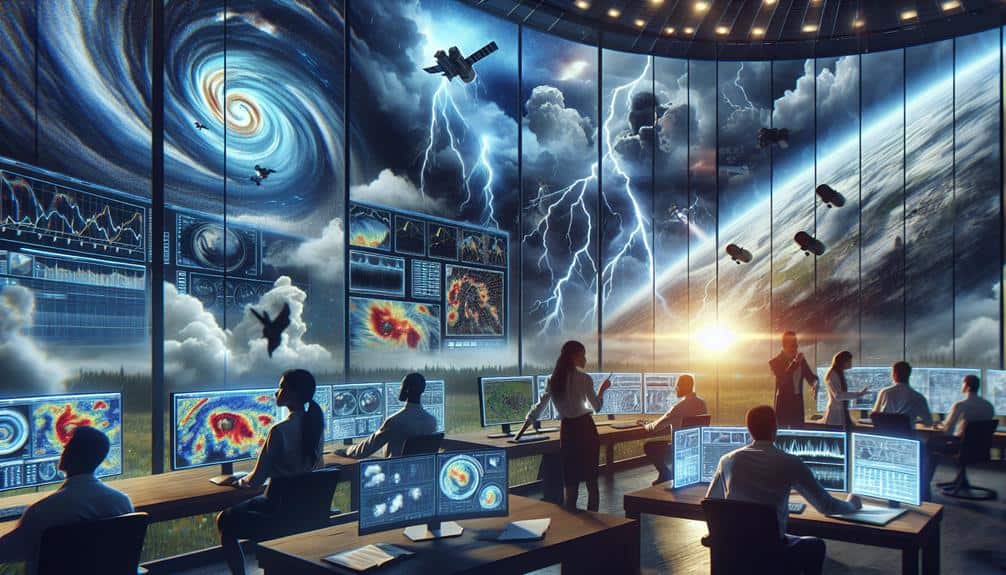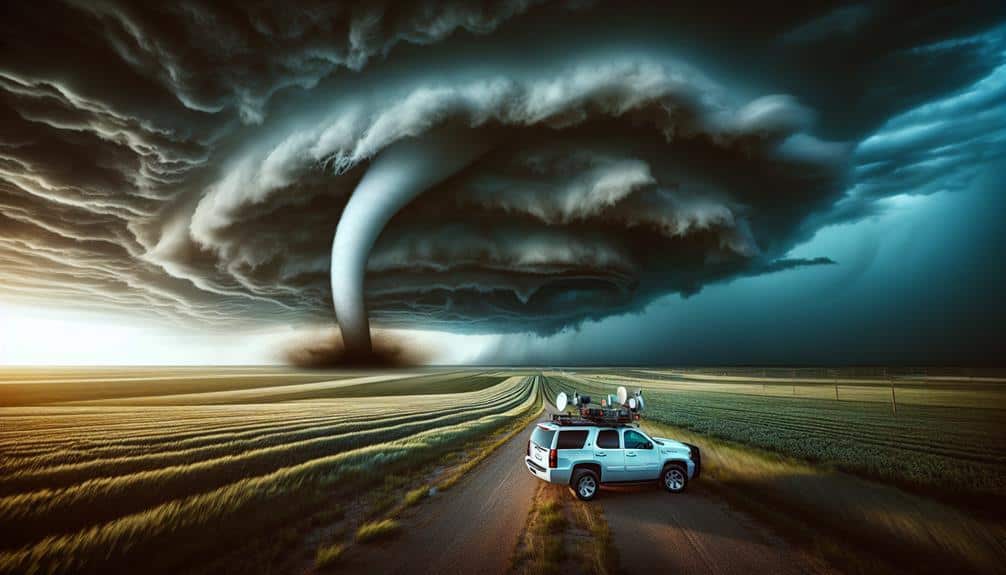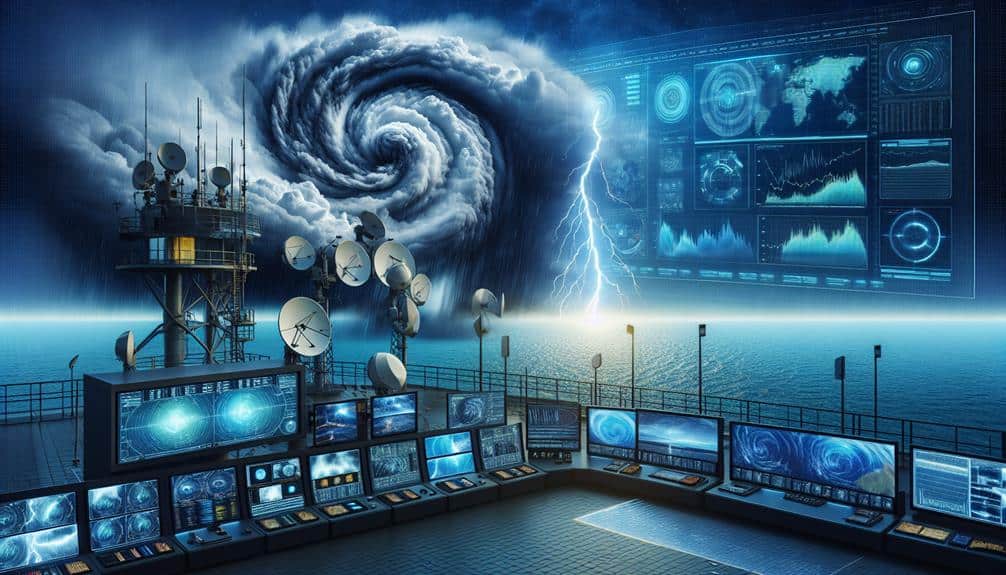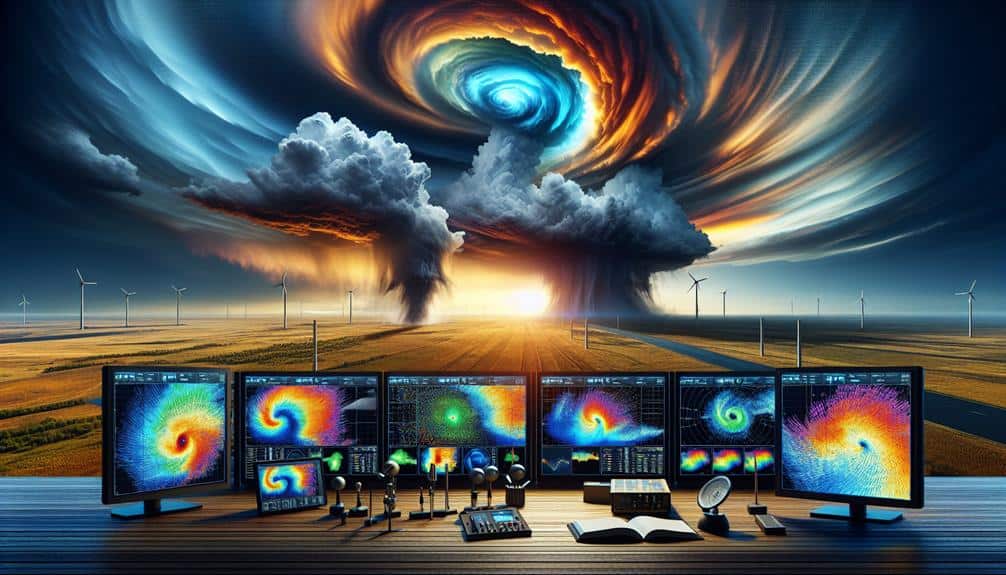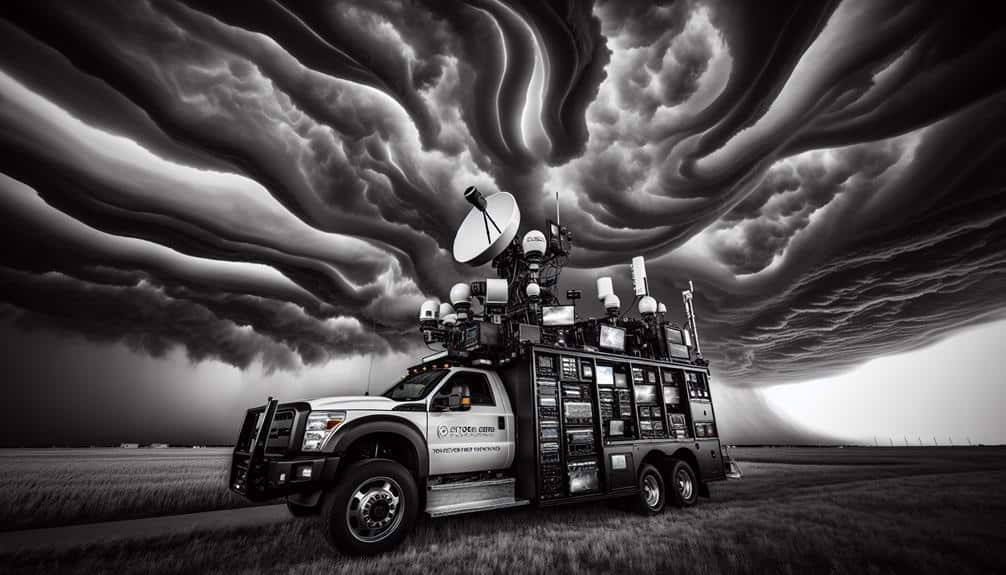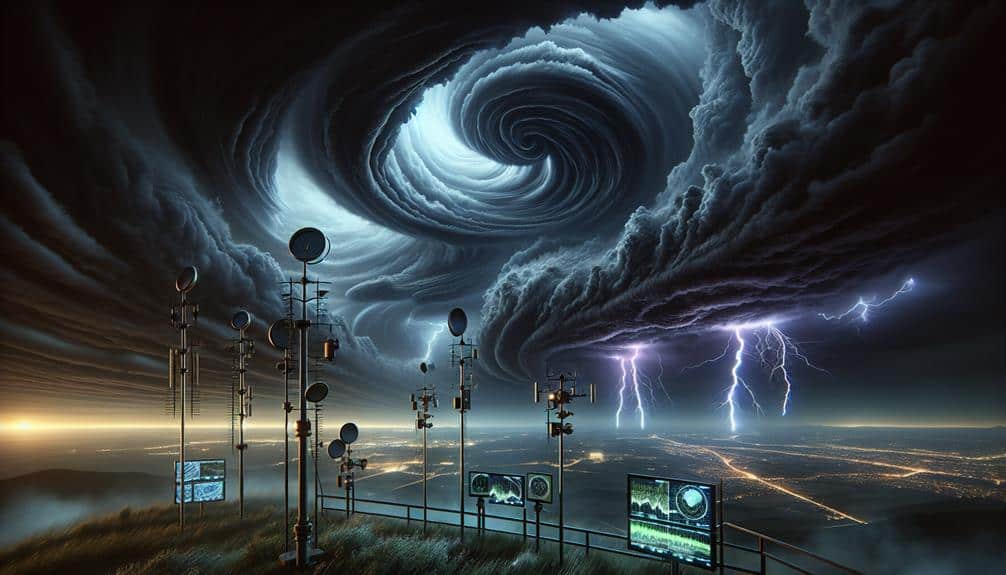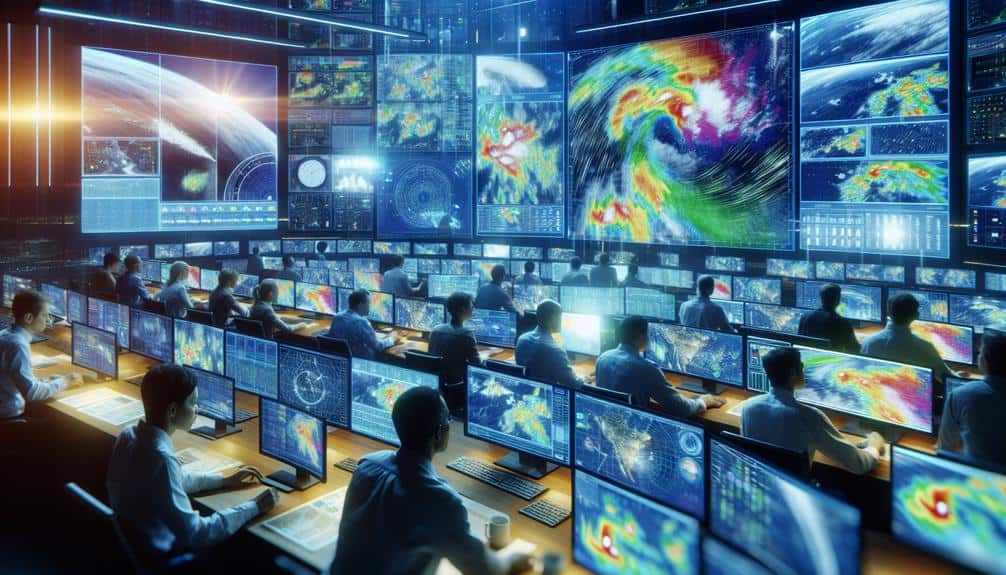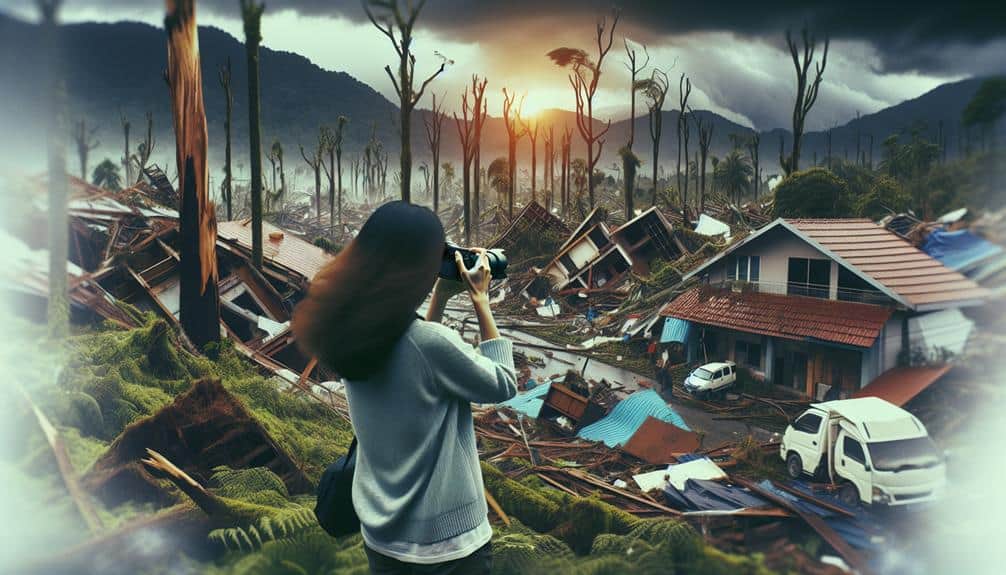What Are the Best Models for Predicting Storm Formations?
We rely on several advanced models for predicting storm formations, each leveraging different techniques to enhance accuracy. The Global Forecast System (GFS) and the European Centre Model (ECMWF) integrate high-resolution data and ensemble forecasting for reliable medium-range predictions. The Weather Research and Forecasting (WRF) model excels in capturing fine atmospheric details through detailed simulations. For […]
What Are the Best Models for Predicting Storm Formations? Read More »
